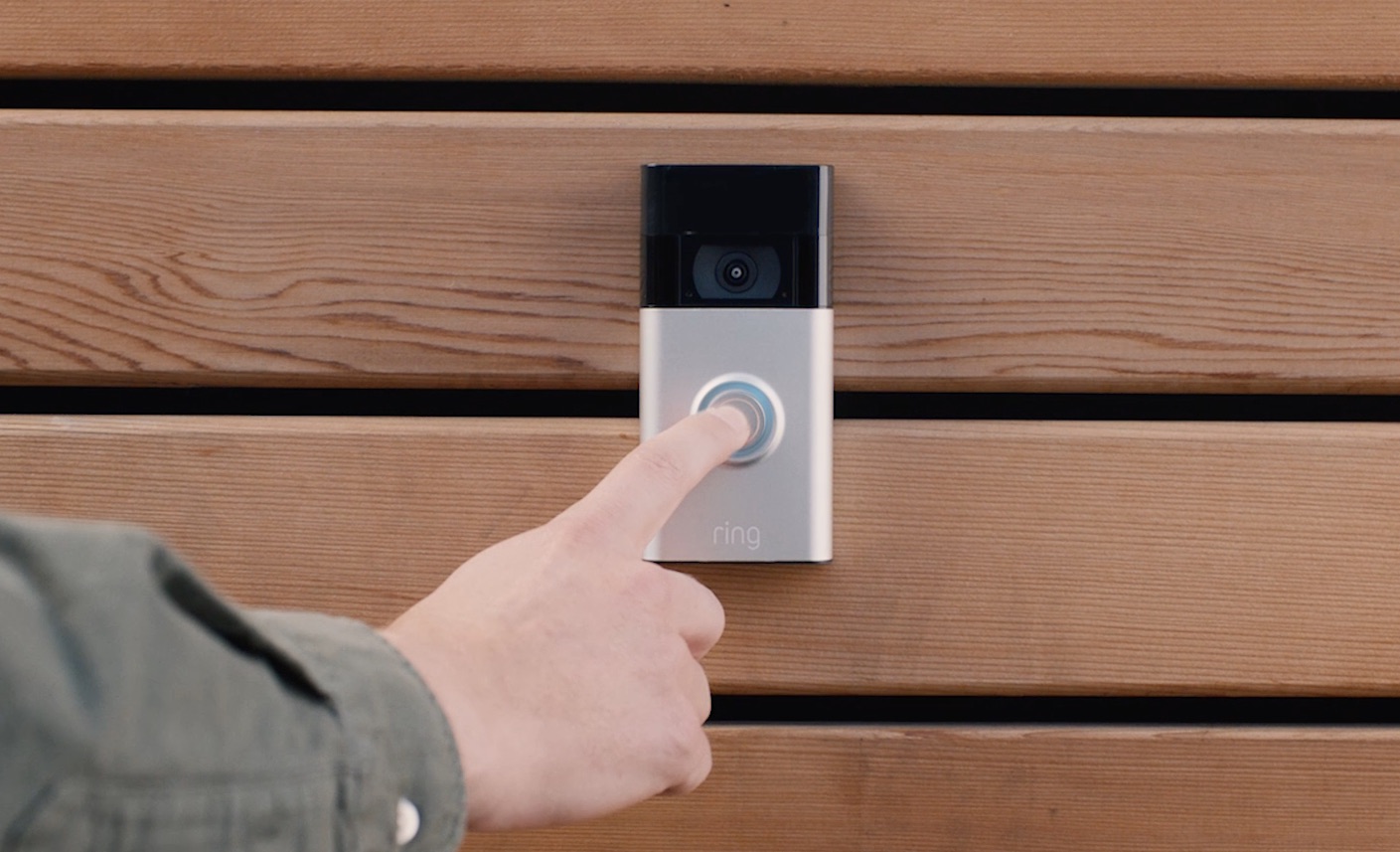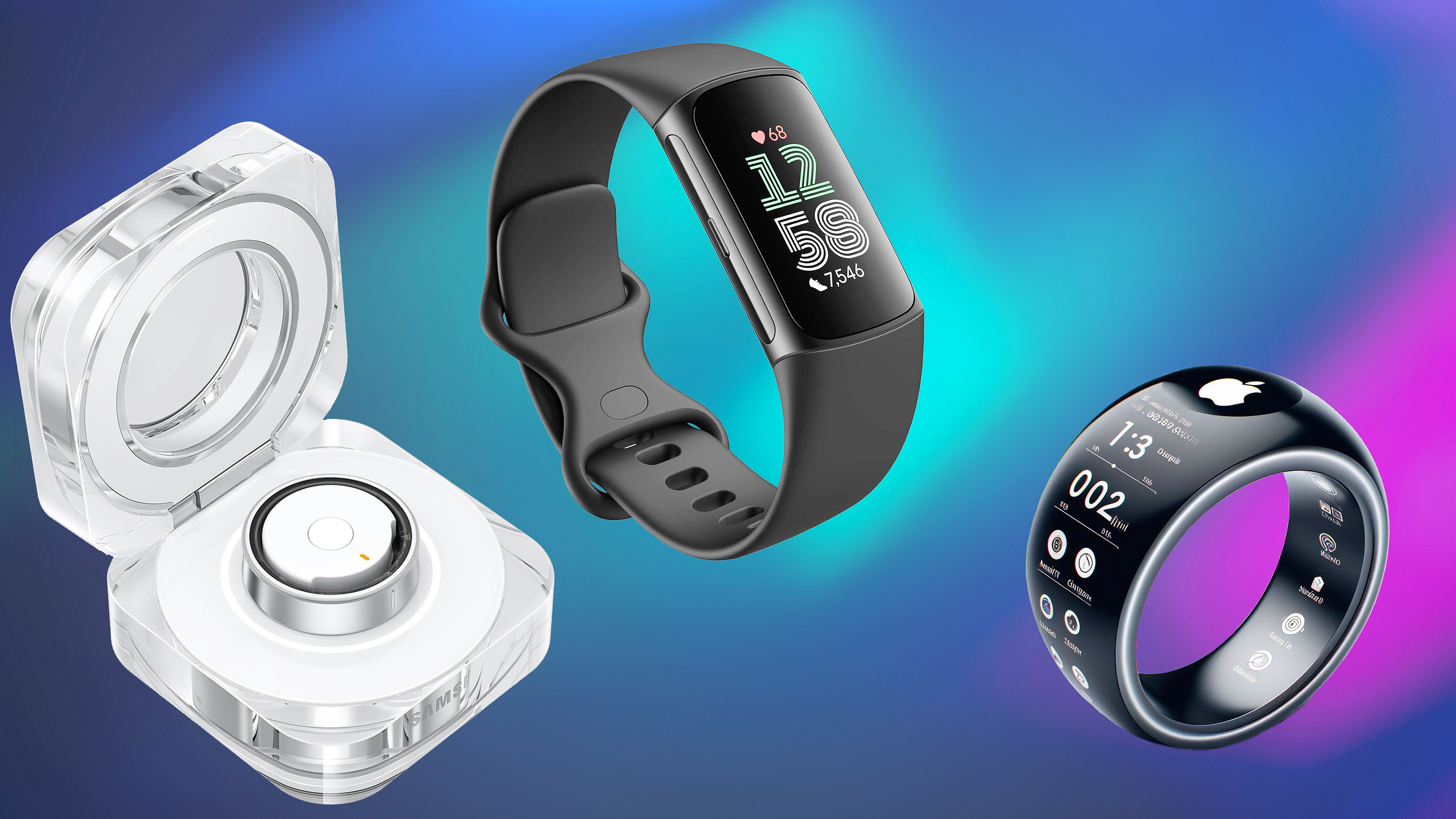Ring rolls out end-to-end encryption — but there's a catch

Ring has started rolling out end-to-end encryption for its video doorbells and home security cameras, making security footage more secure by encrypting it all the way from the camera to an approved smartphone.
However, this new feature, which is being rolled out as a technical preview, will only work with a select number of Ring products. It won't be finalized until Ring receives feedback from testers.
- Best video doorbells
- Best home security cameras
- New: WhatsApp users are fleeing, and here are the best alternatives
Beforehand, Ring encrypted videos when they were uploaded to the cloud. With this new security measure, videos will be further encrypted when transmitted to a smartphone, via a key that's stored on the user's phone.
When enabled, a Ring user will be able to view videos from their video doorbell or security camera only on the device they specify, be it a smartphone or tablet.
However, there are a few caveats to end-to-end encryption. For starters, it will only work on the Video Doorbell Pro, the Video Doorbell Elite, the Floodlight Cam, the Spotlight Cam Wired, the Spotlight Cam Mount, the Stick Up Cam Plug-In, the Stick Up Cam Elite, and the Indoor Cam.
That excludes a lot of the company's products, including the $99 Ring Video Doorbell, the most popular model. You'll also need a mobile device running iOS 12.0 or Android 8.0.
Also, Ring features that require computer vision — namely Motion Verification and PeopleOnly Mode — will also be disabled, as they require the ability for Ring's system to analyze the videos. They won't be able to see the videos with the encryption turned on. Here's Ring's whitepaper on end-to-end encryption.
Get instant access to breaking news, the hottest reviews, great deals and helpful tips.
The addition of end-to-end encryption is yet another security measure Ring has implemented in recent years. Previously, it added, then required two-factor authentication and other privacy features after a series of incidents where people's home cameras were accessed without their consent.
- Ring vs. Nest: Which video doorbell wins?

Michael A. Prospero is the U.S. Editor-in-Chief for Tom’s Guide. He oversees all evergreen content and oversees the Homes, Smart Home, and Fitness/Wearables categories for the site. In his spare time, he also tests out the latest drones, electric scooters, and smart home gadgets, such as video doorbells. Before his tenure at Tom's Guide, he was the Reviews Editor for Laptop Magazine, a reporter at Fast Company, the Times of Trenton, and, many eons back, an intern at George magazine. He received his undergraduate degree from Boston College, where he worked on the campus newspaper The Heights, and then attended the Columbia University school of Journalism. When he’s not testing out the latest running watch, electric scooter, or skiing or training for a marathon, he’s probably using the latest sous vide machine, smoker, or pizza oven, to the delight — or chagrin — of his family.
